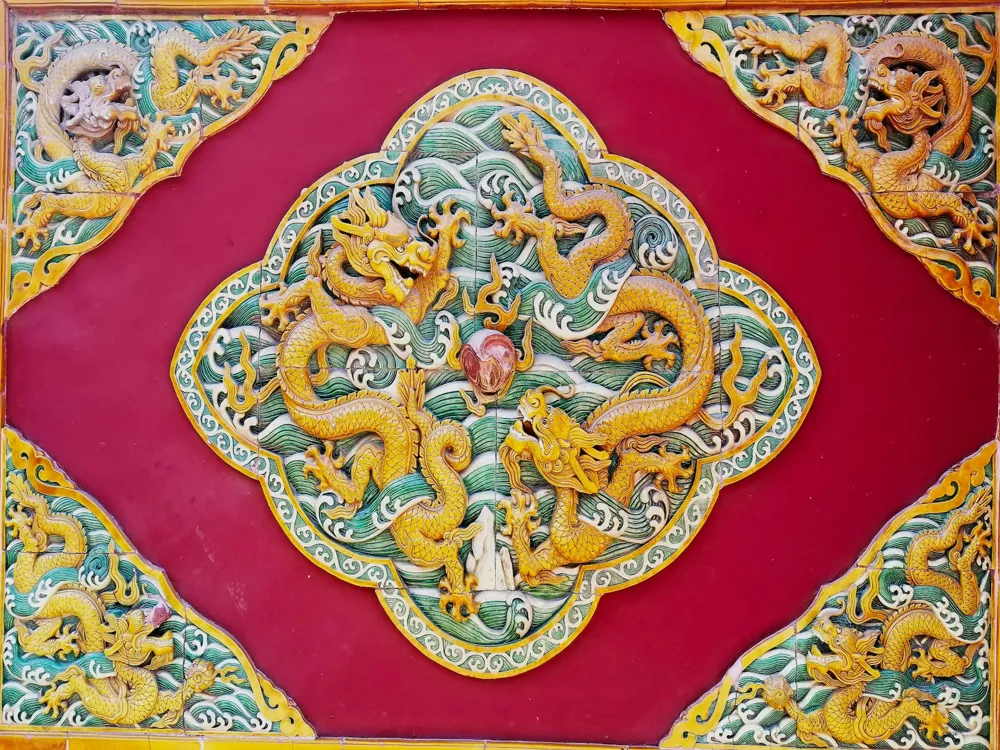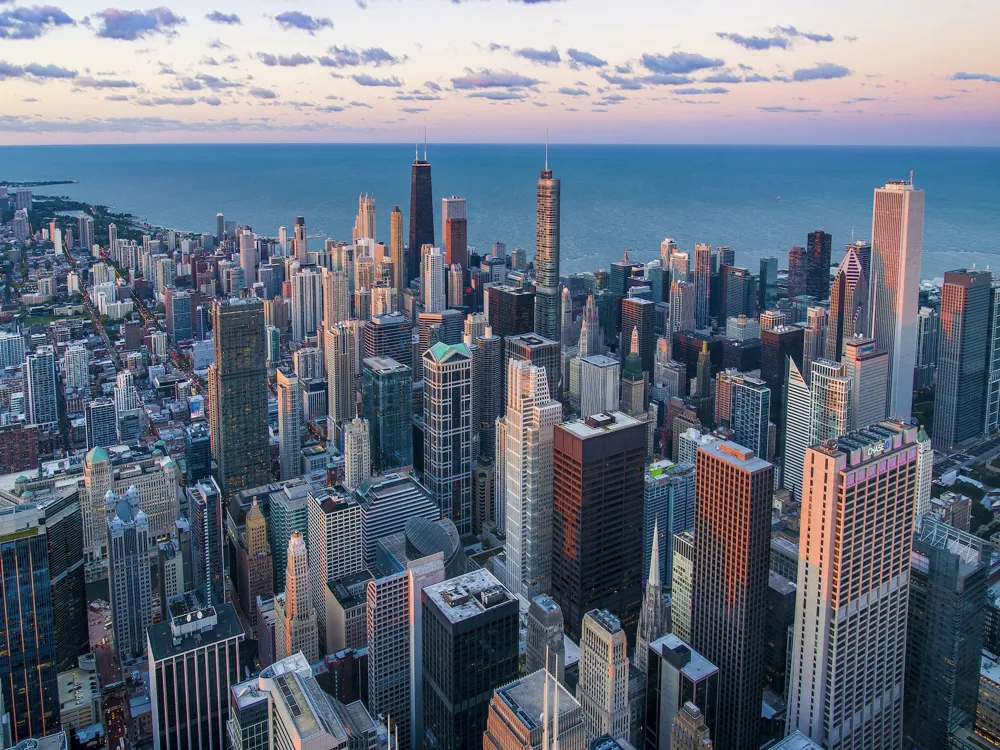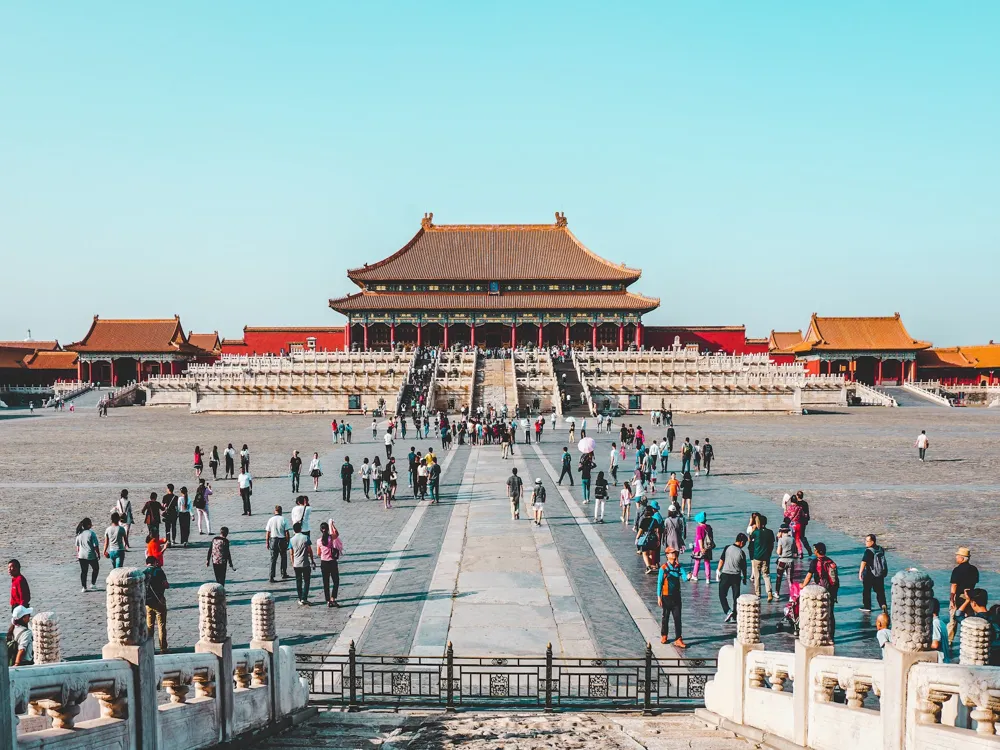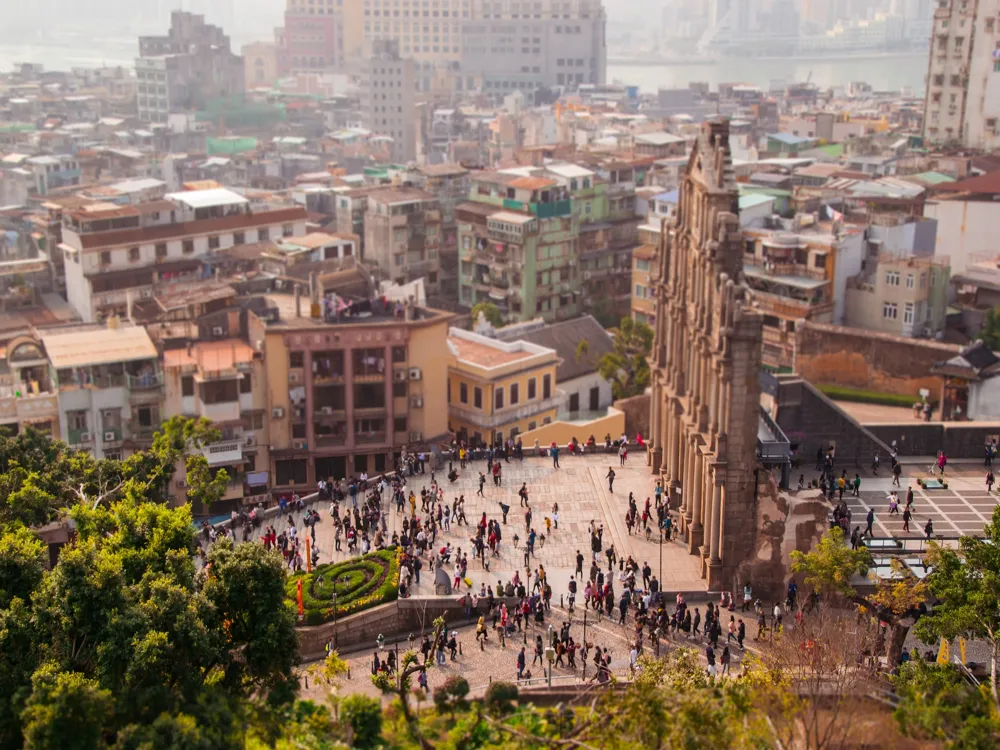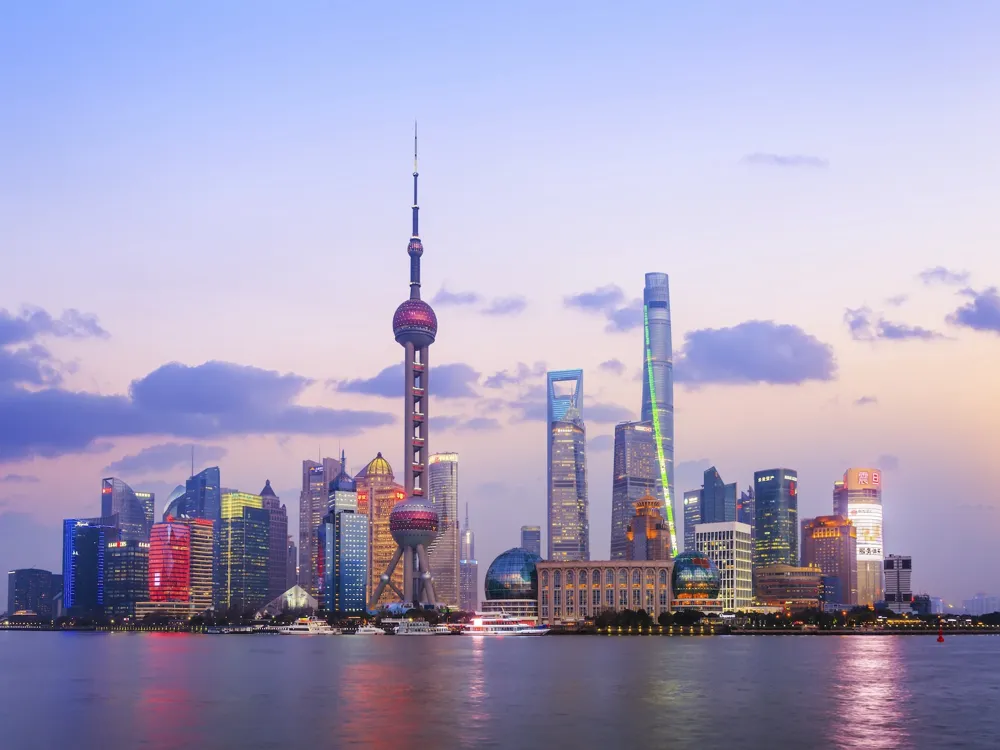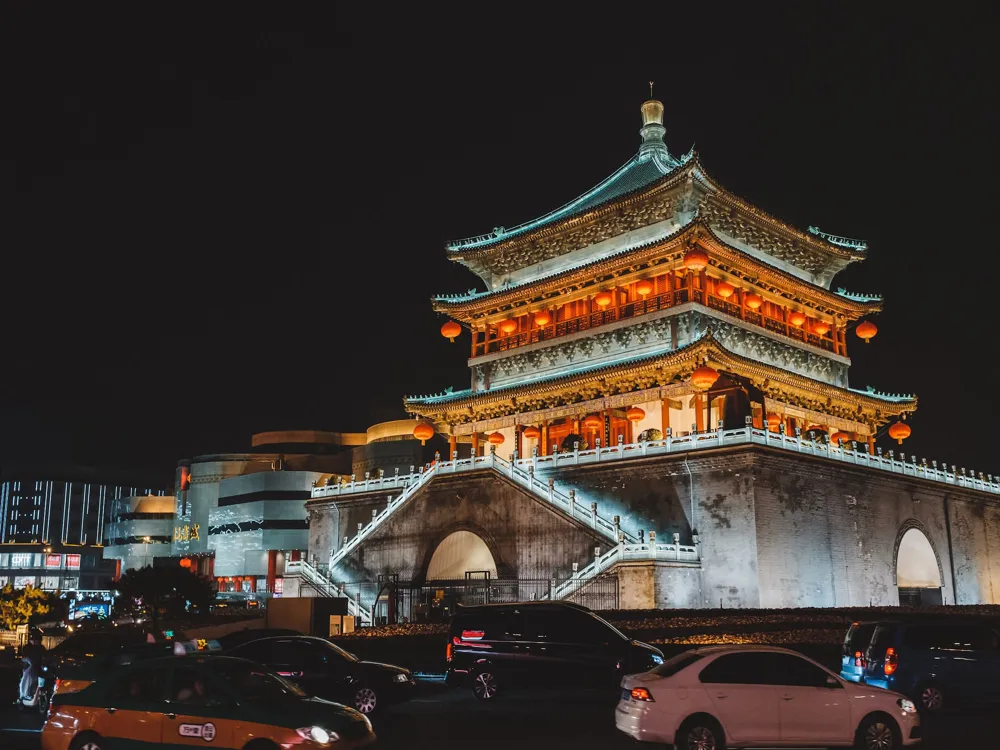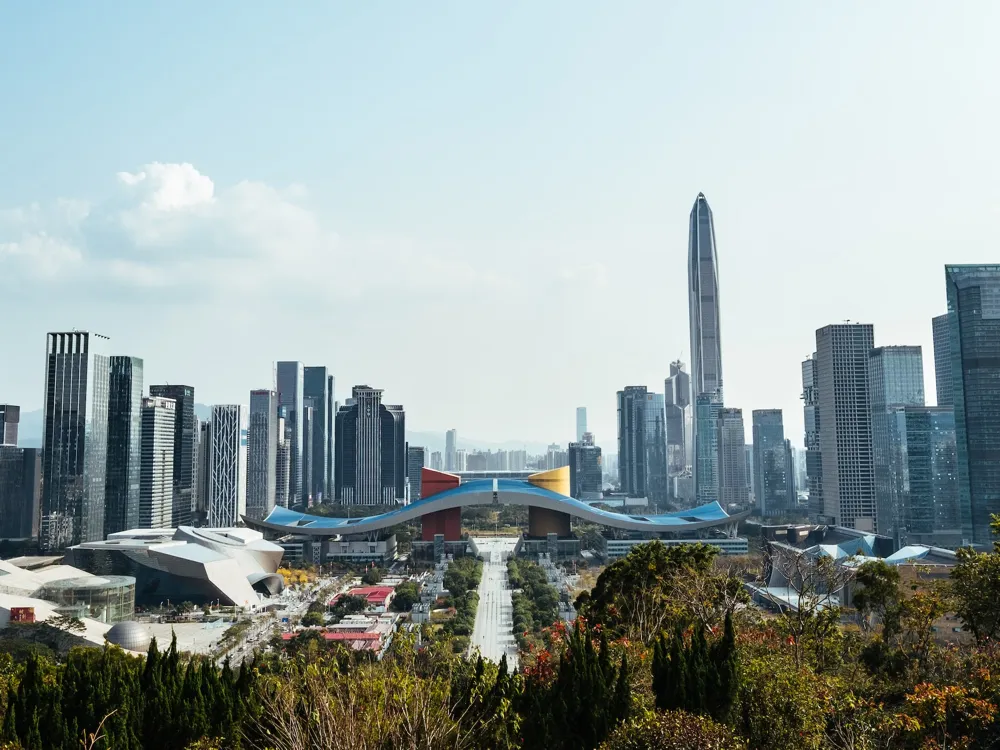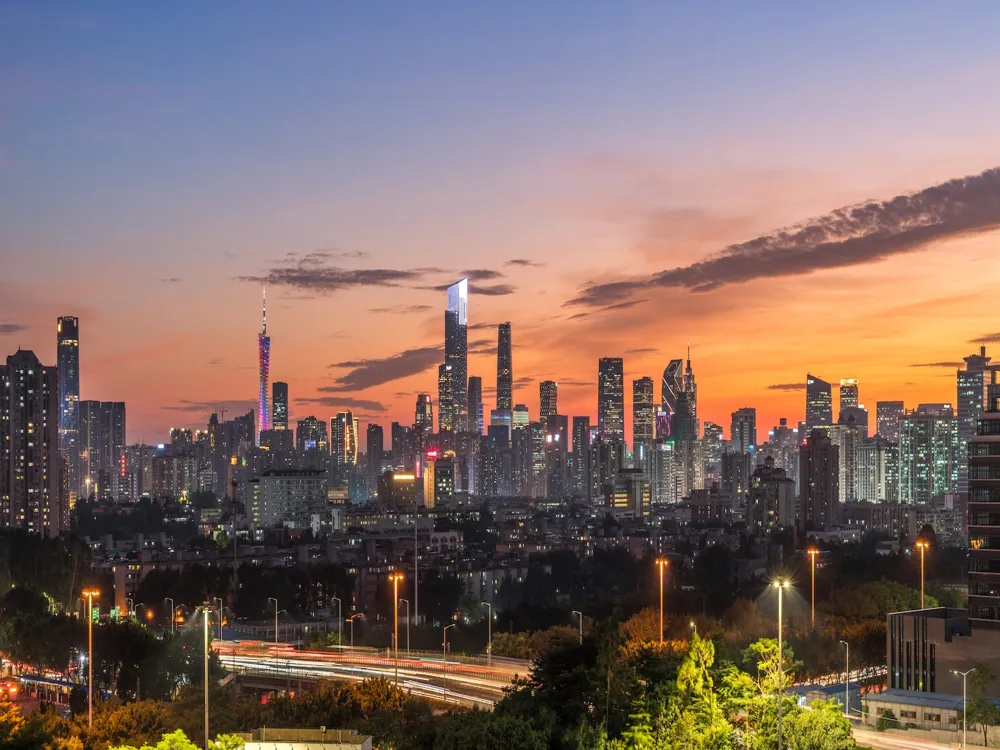The Yonghe Lamasery, also known as the Lama Temple, is a renowned temple and monastery located in the heart of Beijing. This temple, which originally served as a residence for court eunuchs in the Qing Dynasty, was later converted into the royal court of Prince Yongzheng. Following Yongzheng's ascension to the throne, half of the building was turned into a lamasery, a monastery for Tibetan Buddhist monks, and it became fully dedicated as a lamasery in 1744. The temple's architecture is a harmonious blend of Han Chinese and Tibetan styles, making it a unique and culturally significant site in Beijing. Spread across five main halls and multiple courtyards, the temple complex is a splendid display of intricate carvings, impressive statues, and religious artworks. The Yonghe Lamasery not only stands as a place of worship but also as a symbol of the fusion between different cultural elements in China's history. One of the most striking features of the Yonghe Lamasery is its grand statue of the Maitreya Buddha, carved from a single piece of white sandalwood. This statue holds the Guinness World Record for the largest wood-carved Buddha. Alongside this, the temple houses a rich collection of Buddhist relics and artworks, including Tibetan thangkas, murals, and embroidered tapestries. The Lamasery is not only a significant religious site for Buddhists but also a popular tourist destination. Visitors are drawn to its peaceful atmosphere, historical significance, and architectural beauty. The temple's serene ambience provides a tranquil retreat from the bustling city life of Beijing, making it a must-visit for those seeking a blend of spiritual and cultural experiences. The architecture of Yonghe Lamasery is a splendid amalgamation of Han Chinese and Tibetan influences, reflecting the diverse cultural heritage of China. The complex is spread across five main halls, each of which is a fine example of traditional Chinese palatial architecture, adorned with Tibetan elements. The primary structure is the Zhaotai Gate, leading to the Yonghe Gate, which serves as the main entrance. The architectural brilliance is evident in the intricate carvings, vibrant colors, and the use of symbolic motifs that adorn these structures. The Hall of Heavenly Kings is the first hall inside the complex, housing a statue of Maitreya Buddha and murals depicting the life of Sakyamuni Buddha. As one proceeds further, they encounter the Hall of Harmony and Peace, the main building of the temple. This hall houses three large Buddha statues, each representing different aspects of Buddhism. The Hall of Everlasting Protection, which was Emperor Yongzheng's living quarters, now features a statue of the Bhaisajyaguru Buddha. The Hall of the Wheel of the Law is dedicated to the study of the scriptures and religious discourse. The Pavilion of Ten Thousand Happinesses contains the temple's most renowned feature, the massive statue of Maitreya Buddha. This statue is not only a marvel in terms of religious significance but also an architectural wonder, as it was constructed from a single piece of white sandalwood. The ceilings and beams of these halls are beautifully decorated, with dragon motifs being a recurring theme, symbolizing imperial power and authority. The temple's design follows the principles of Feng Shui and traditional Buddhist symbolism, creating a space that is both aesthetically pleasing and spiritually uplifting. The use of vibrant colors, such as reds and yellows, signifies happiness and prosperity, while the intricate carvings and statues reflect the deep religious significance of the temple. The best time to visit Yonghe Lamasery is during the spring or autumn seasons when the weather in Beijing is pleasant. Avoid Chinese national holidays to skip large crowds. Visitors should dress modestly and behave respectfully, especially inside the temple halls. Photography may be restricted in some areas, so it’s advisable to check for signs or ask permission. Consider taking a guided tour to gain deeper insights into the temple's history and significance. English-speaking guides are available for hire at the entrance. The temple is equipped with basic facilities like restrooms and a souvenir shop. Accessibility for wheelchair users is limited, so it's best to check in advance. Yonghe Lamasery is easily accessible via Beijing’s public transport system. The nearest subway station is Yonghegong (Lama Temple) Station, accessible via Line 2 or Line 5 of the Beijing Subway. Visitors can also take various bus routes that stop near the temple. For those preferring a taxi, most drivers in Beijing are familiar with the temple's location. It's advisable to have the temple’s name written in Chinese to show the driver. Read More:Overview of Yonghe Lamasery in Beijing
Architecture of Yonghe Lamasery
Tips When Visiting Yonghe Lamasery
Best Time to Visit
Respecting Cultural Norms
Guided Tours
Facilities and Accessibility
How To Reach Yonghe Lamasery
Yonghe Lamasery
Beijing
NaN onwards
View beijing Packages
Weather :
Tags : Culture
Timings : 9:00 - 16:30 (April - October)
9:00 - 16:00 (November - March)
Entry Fee : CNY 25
Planning a Trip? Ask Your Question
Beijing Travel Packages
View All Packages For Beijing
Top Hotel Collections for Beijing

Private Pool

Luxury Hotels

5-Star Hotels

Pet Friendly
Top Hotels Near Beijing
Other Top Ranking Places In Beijing
View All Places To Visit In beijing
View beijing Packages
Weather :
Tags : Culture
Timings : 9:00 - 16:30 (April - October) 9:00 - 16:00 (November - March)
Entry Fee : CNY 25
Planning a Trip? Ask Your Question
Beijing Travel Packages
View All Packages For Beijing
Top Hotel Collections for Beijing

Private Pool

Luxury Hotels

5-Star Hotels

Pet Friendly







